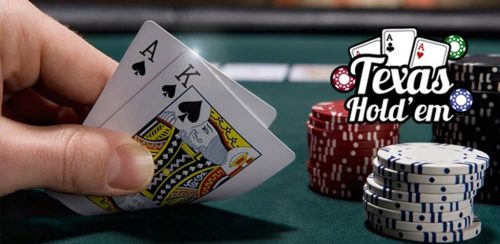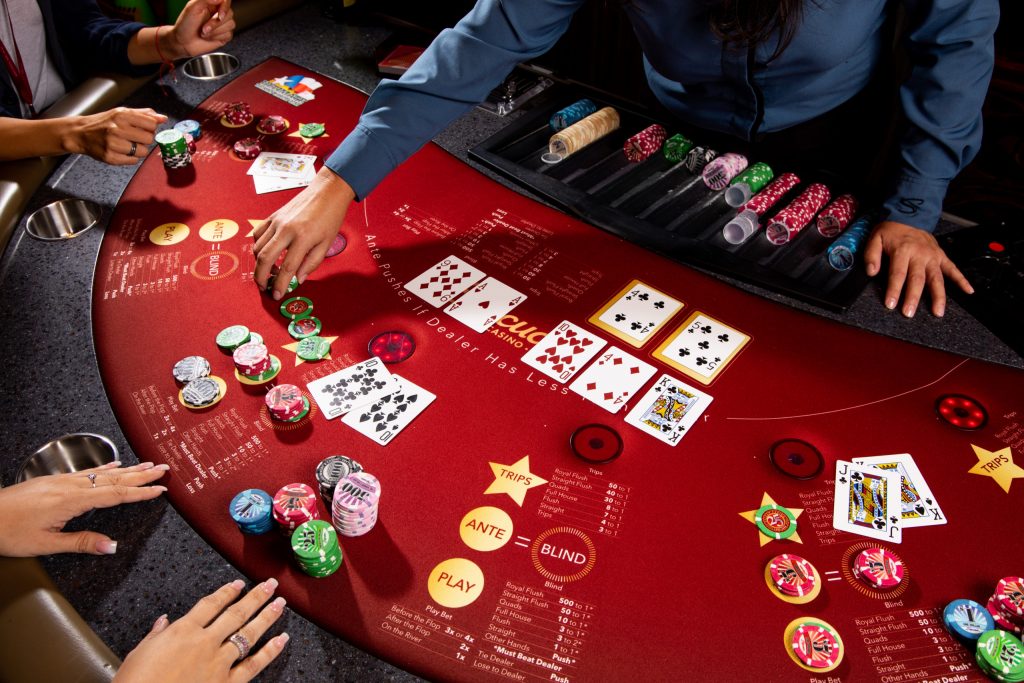
Texas Hold’em. Drawing two pairs on the flop.
There are a huge number of sites on the web that offer download poker on the computer, but it is not easy to find information dedicated to a detailed analysis of the strategy of the game.
This article focuses on the strategy of drawing two pairs on the flop, depending on the pattern of the flop, the number and actions of your opponents.
This article will give you strategies for playing two pairs formed from your cards and the table cards (you have AT on the flop AT), because if you make two pairs on the flop with one pair on the table (you have 99 on the flop KK4), those two pairs will be played as one – depending on your rank.
With two pairs, your biggest danger is flushes, straits, and their droos. A set is also dangerous, but less likely, because two cards of the same rank are already open – one in your hand and one on the board.
Since the seniority of the two pairs is determined by your highest pair, the higher your pair, the looser you can play.
The weaker the combination, the more important the board cards become. A two-pair combination is no exception, so let’s take a look at the different types of flops and determine a strategy for playing each one.
Two pairs on the flop with three of a kind tied or one of a kind cards.
These types of flops are very dangerous for two pairs. You could already be beaten or facing a strong hand of draws. If you start a round of trades, against one or two opponents, you should always bet. If a large number of opponents are playing against you, you can make a check followed by a call and then navigate the turn card. If the flop is an active trade, continue playing with the concept of odds and outs in hopes of making a full house.
Two pairs on a flop with two connected or one-straight cards.
On these flops your two pairs are a very strong hand, the danger is opponents also hitting two pairs higher than yours, opponents with straight and flush draws. As long as your hand is strong, you should play it aggressively with bets and raises to give opponents with the flush draws unfavorable pot odds to call, as well as to increase your pot size. If you are confident that any of your opponents will bet, you can check/raise, but don’t check/raise if you have two pairs formed with senior board cards, as you risk giving your passive opponents a free card. If the flop contains bound and one-handed cards at the same time, it’s even more dangerous. In that case, you need to consider the rank of the board’s cards, the rank of your two pairs, and your opponents’ actions.

Two pairs on the flop with three high cards of different suits.
On such a flop, the focus should be on the possibility of a straight, a straight draw or two pairs higher than yours, a set, as generally good players enter the game with high cards. If your two pairs are formed with high cards on the board, you bet and raid, giving a free card is not in your best interest, you also need to make a valley out of your best hand, the only concern is if your opponents have a straight draw. If your two pairs are formed without a top card on the board, you should still play aggressively, but if your opponents raid and re-raise, you should continue with the concept of one-plays and outs.
Two pairs on a multi-card flop with one high card.
This flop is very favorable for two pairs. The danger of straight draws is unlikely, so once you have two pairs, with the high card on the board, you can bet and rake to win. You can also consider slow play, which is flopping on the flop and then busting on the turn if you have one or two opponents playing against you and the pot is small. If you have two pairs, which are formed with the bottom cards of the board, this is also a favorable situation, opponents with top pair will pay you out before the river. In both cases, unless you’re a preflop aggro player, you might consider a check/raise on the flop.
Two pairs on a multi-card flop with low cards.
This is not a common situation, usually a passive game where you’re in for free or one bet as a big blind. On such a flop, you should follow the same strategy as you would on a single high card flop. The difference is that you don’t have to play the flop this way, your opponents won’t take your bet seriously since there are no dangerous cards on the table and they can easily flop you even with overcards. So feel free to place your bets and raises.
Learning and using these strategies will improve your play on the flop.
